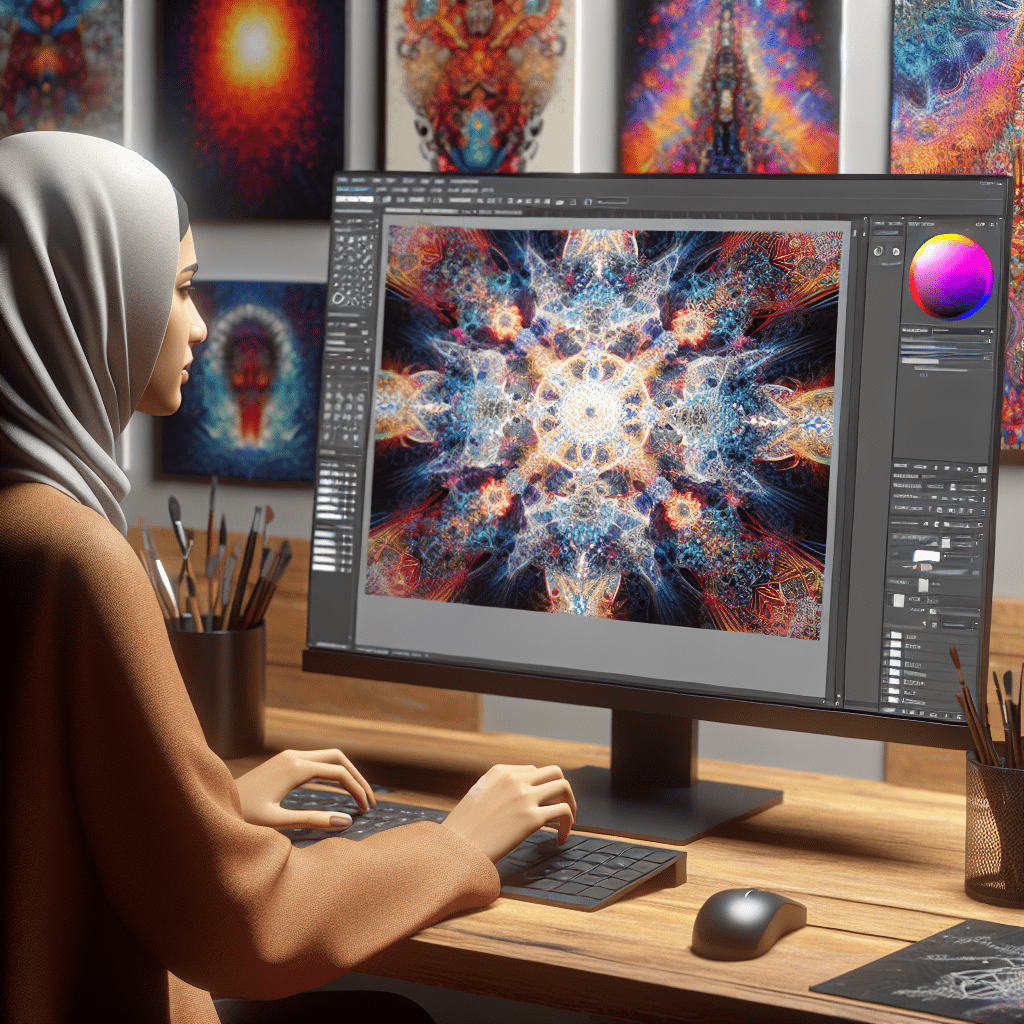Exploring Generative Adversarial Networks in Creative Fields
Table of Contents
Table of Contents
Have you ever seen a piece of art or a fashion design so intricate and perfect that it seems almost supernatural? There’s a good chance that Generative Adversarial Networks, or GANs, played a part. Today, I’ll share how these fascinating tools are making waves across creative industries.
What are Generative Adversarial Networks (GANs)?
Imagine two artists in a studio: one is trying to create perfect fakes of famous paintings, and the other is a critic, trying to spot the fakes. Each time the critic catches a fake, the artist learns from the mistakes and tries again. This is the essence of GANs—two algorithms challenging each other, one creating and the other critiquing, leading to ever-improving results. This tug-of-war not only improves the generated artwork but pushes the boundaries of what machines can create.
- The GeneratorLearns from a set of images to create new, similar pictures.
- The DiscriminatorJudges these creations, discerning real from fake, refining the generator’s ability with its feedback.
GANs in Digital Art Creation
Digital artists are using GANs to push the limits of creativity and explore new artistic frontiers. From breathtaking landscapes to complex abstracts, GANs are helping artists achieve visuals that were once impossible. Let me break down how you can start creating with GANs:
- Choose a theme: Start with a clear concept or theme. This could be anything from the natural world to futuristic cityscapes.
- Feed the machine: Collect and input images that align with your theme. These images will train the generator on what elements to mimic.
- Refine and iterate: Critique the outputs and adjust your inputs accordingly. This iterative process helps align the final product with your artistic vision.
GANs in Fashion Design
In the world of fashion, GANs are revolutionizing the way designers conceptualize and execute their visions. By simulating various styles and patterns, designers can visualize garments before they’re even cut from cloth, saving time and resources. Here’s what GANs are changing in the fashion industry:
- Speeding up the design process: Designers can quickly prototype ideas, allowing for rapid testing of new concepts.
- Enabling custom fits: GANs can tailor designs to fit individual body shapes, offering a higher degree of personalization.
- Reducing waste: By optimizing patterns before cutting fabric, GANs contribute to more sustainable fashion practices.
Ethical Considerations of GANs
Despite their potential, GANs raise significant ethical questions, particularly concerning creativity and authorship. Here are some of the dilemmas faced by artists and designers:
- Originality: Can a piece created by a machine be considered original, or is it just a derivative of its training data?
- Ownership: Determining who owns a machine-made work—Is it the creator of the algorithm, the user, or the machine itself?
- Job displacement: There’s an ongoing debate about whether AI will eventually replace human artists or merely serve as a tool to augment their creativity.
The Future of GANs in Creative Industries
GANs hold a promising, yet complex, future in the arts. As technology evolves, so too will the ways we create and think about art. For anyone eager to explore this frontier, the key is to approach with curiosity and caution, embracing the possibilities while being mindful of the ethical implications.
I hope this exploration into GANs inspires you to consider how technology can expand your creative horizons. Whether you’re an artist, a designer, or just someone fascinated by the merging of tech and creativity, the future is ripe with potential.

